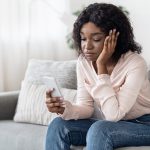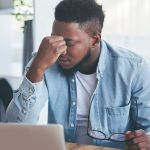
Bored? Zipping through online videos isn’t going to help you, a new study shows. Watching short snippets of videos or fast-forwarding through them makes people more bored rather than less, according to the results of seven experiments involving more than 1,200 Americans and Canadians. Such “digital switching” is less edifying than sticking with one video and watching it all the way through, said lead researcher Katy Tam, a postdoctoral researcher at the University of Toronto. “If people want a more enjoyable experience when watching videos, they can try to stay focused on the content and minimize digital switching,” Tam said. “Just like paying for a more immersive experience in a movie theater, more enjoyment comes from immersing oneself in online videos rather than swiping through them.” Watching short videos on social media has become a common pastime, particularly as people spend more time on their smartphone, researchers said. Study participants predicted they would feel less bored by switching videos instead of watching them in their entirety, researchers said. But people allowed to freely switch between seven different videos within 10 minutes reported themselves more bored than when they watched a single 10-minute YouTube video all the way through. The participants found the longer viewing experience to be more satisfying, engaging and meaningful than flipping through a number of videos, results showed. Participants reported similar results… read on > read on >
























-300x200.jpg)













